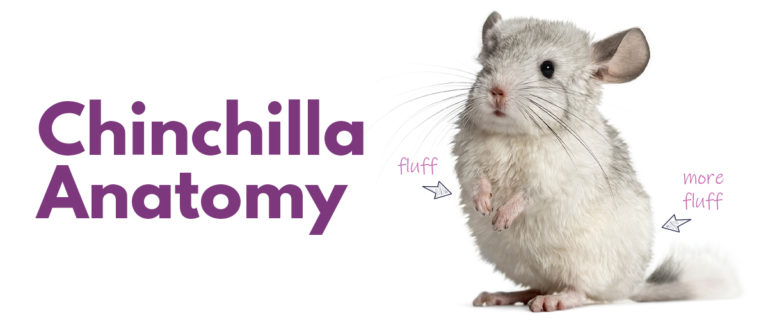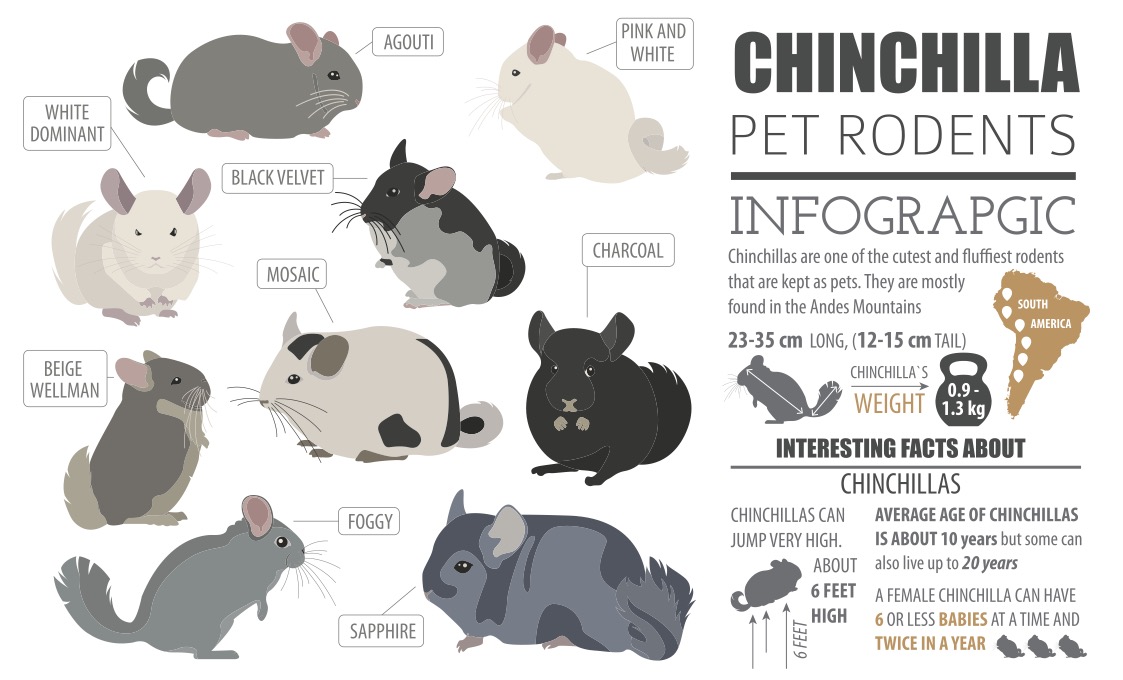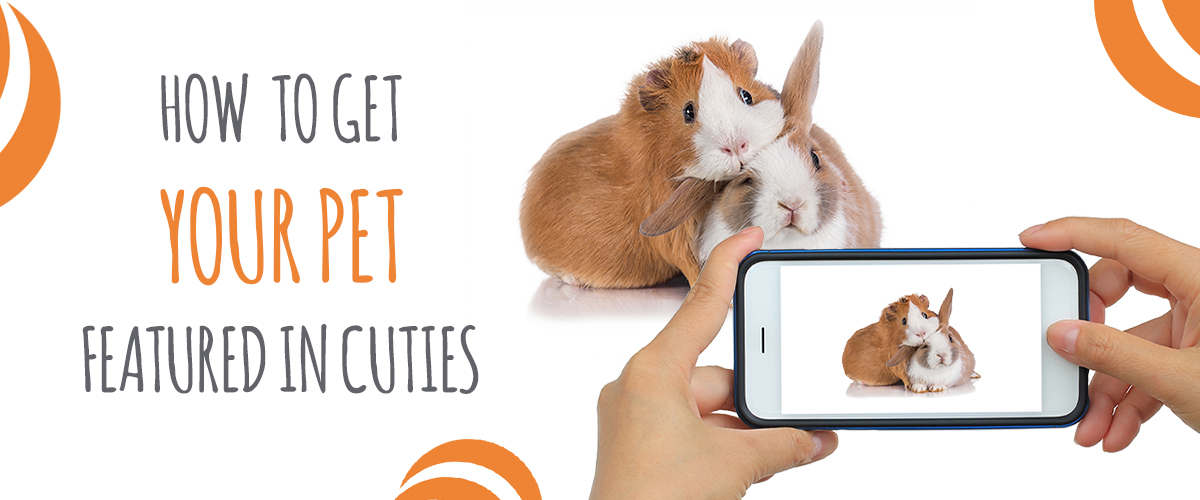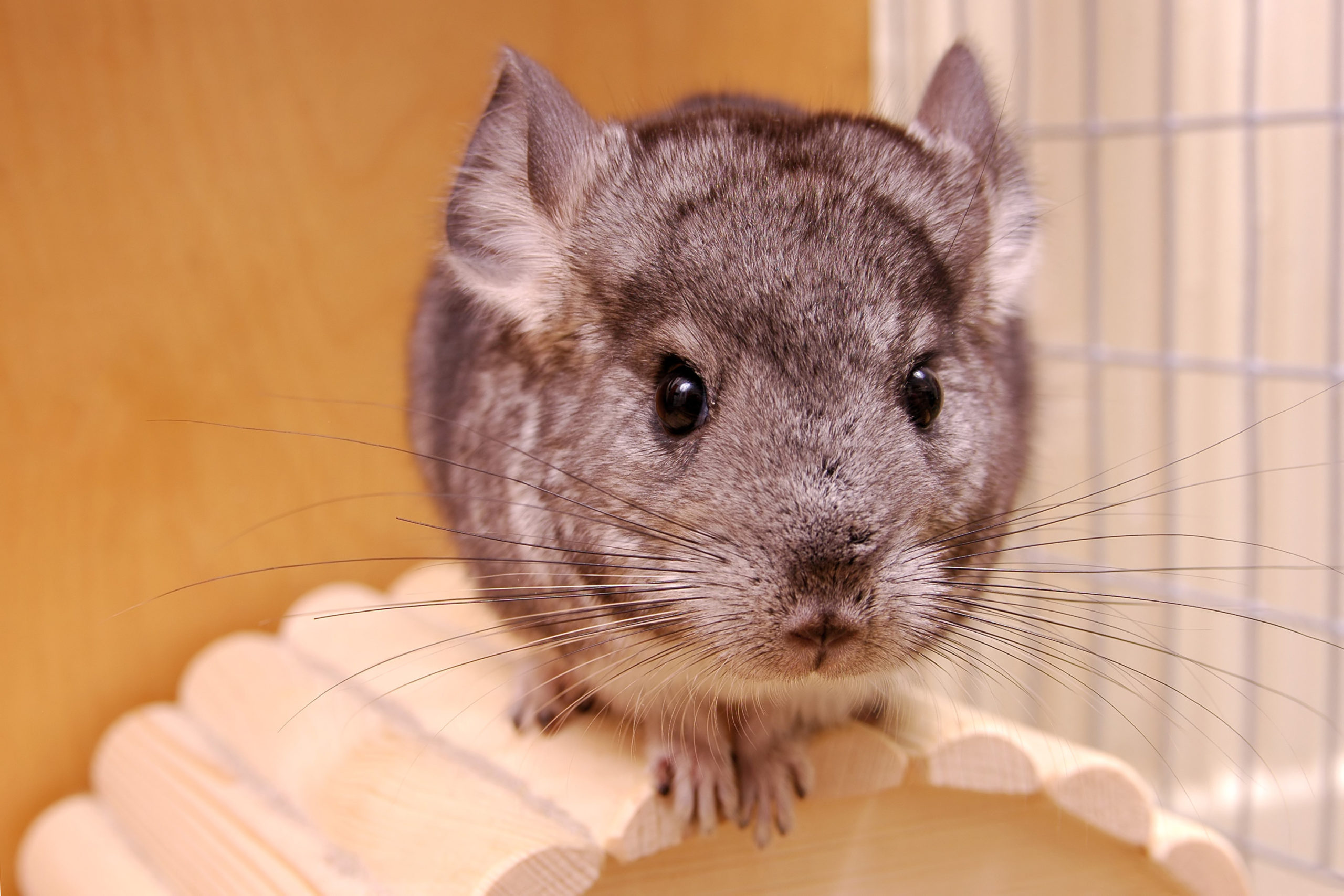See the cute, featured photo from our graphic designer up above? When I saw that, I commented, "Well, that's all everyone needs to know about chinchilla anatomy.” Chins have fantastic floof, but their anatomy has some other interesting facts we wanted to share with you.
Overview
Originating in the Andes Mountains of South America, chinchillas are rodents closely related to the guinea pig. Chinchillas have a rounded body with dense fur, large mouse-like ears, short legs, and a long tail that add up to 6 inches (15 centimeters). Adult chins weigh between 1 to 1.5 pounds (450 to 680 grams). Up to 10 inches long without their tails, their average lifespan is 10-15 years.
While their hind limbs are powerful, overall, their skeleton is delicate, especially the tibia and fibula, according to ScienceDirect.com.
Fur
The most famous part of chinchilla anatomy is their fur. But unfortunately, the chinchilla coat's lushness caused virtual extinction in the wild due to excessive hunting in the early to mid-1900s, states ScienceDirect.com.
With more hairs per inch than any other animal, LaFaberVet notes that Chinchillas have a very thick fur coat. Originally chin fur was blue-gray. However, today chinchillas have been bred with coats that are black, gray, white, beige, and combinations of each, according to Merck Veterinary Manual. Their thick fur not only keeps them warm but also protects them from fleas, lice, and predators. Giving your chin access to a sand or dust bath for 15 minutes daily is critical to maintaining a healthy coat.
Fun Fact
Chinchillas reflexively release tufts of hair ("fur slip") as a predator avoidance mechanism, leaving a patch of smooth skin, which takes several months to regrow. If you want to learn more about fur slip, check out our blog.
Ears
A chinchilla’s large ears provide exceptional hearing, particularly at high and low frequencies. According to ScienceDirect.com, chinchillas have much better hearing at low frequencies than other animals with similar hearing ranges.
Teeth
When your chinny smiles at you, don’t panic when you see that their front teeth are yellow or orange. It’s completely normal due to iron in their incisor enamel. However, the rest of their toofers are white. Also, like most of their other rodent relatives, their teeth never stop growing.
If you’re a chin pawrent, you can help keep your baby’s teeth short and their GI tract running smoothly by feeding them high-fiber Small Pet Select Hay. Check out our full chinchilla hay line by clicking the photo to the right.
Gender/Urogenital Organs
One of the most complicated parts of chinchilla anatomy is determining their gender. According to Merck Veterinary Manual, while adult female chins are bigger than their male counterparts, the male and female reproductive organs are hard to discern. The reason for this is the female urogenital organs are hidden most of the time. Additionally, the male chin’s testicles are hidden in their abdomen.
We hope you enjoyed your chinchilla anatomy lesson. If you've got any fun or interesting facts you want us to add, give us a shout via email or comment on our socials. As always, thanks for reading. We genuinely appreciate your support.
DISCLAIMER: The links and information are being provided as a convenience and for informational purposes only; they do not constitute an endorsement or an approval by Small Pet Select of any of the products, services or opinions of the corporation or organization or individual.
Want to learn more about chinchillas? Check these out!
Bedding for Small Mammals: All You Need to Know
Safe Treats for Chinchillas: What is Good, and What to Avoid










